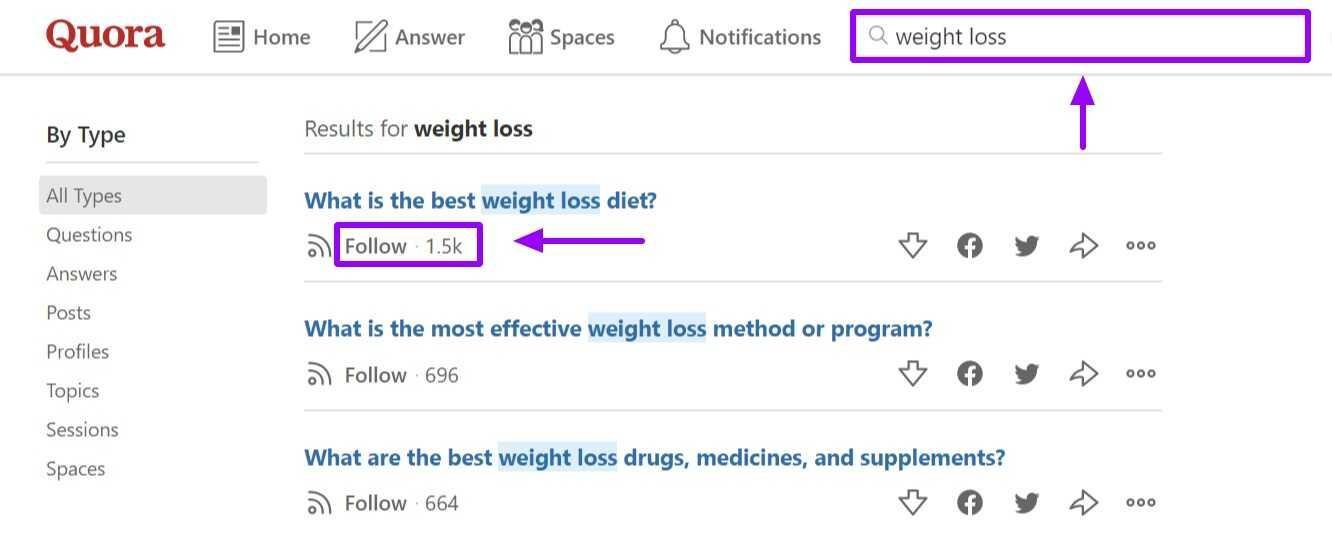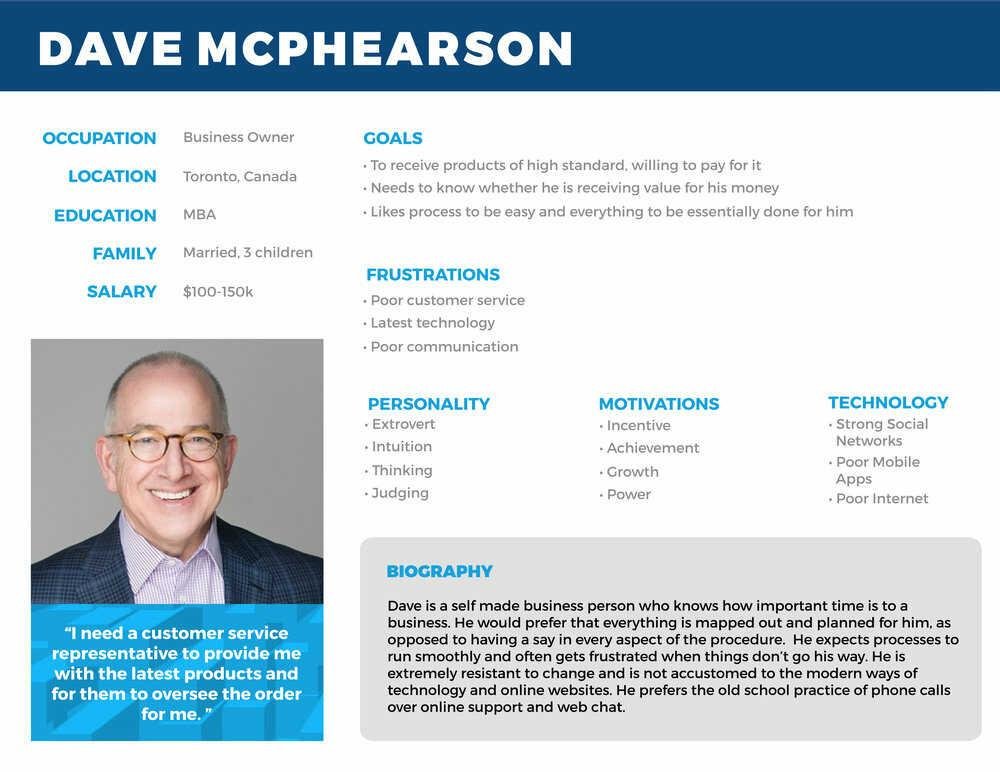When you identify and analyze your audience, you can tailor your value proposition and offerings to meet their specific needs and preferences.
You can also maximize your marketing efforts and develop products that resonate with your customers.
This strategic approach enhances customer satisfaction and boosts your overall profitability.
That’s why in this guide, I’ll walk you through what is a target market, and how to identify and evaluate yours. Let’s get straight to it.
Disclaimer: If you buy any products through links on this site, I may earn a commission. But it doesn't make any difference to your cost, and it helps me keep this blog running. So you could always read my articles for free.
What is a target market?
When I first started a small side business, I tried to appeal to everyone. Sales were slow, and I couldn’t figure out why. Once I zeroed in on my target market, everything changed.
Every business, whether it’s a small startup or a global corporation, thrives on knowing who they serve. This is where the concept of a target market comes in.
Your target market is the specific group of people most likely to show an interest in buying your products or services.
Instead of trying to please everyone, focusing on your target market helps you create tailored messages, products, and strategies that resonate deeply with the right audience.
For example, imagine you’re selling eco-friendly yoga mats. Your target market might be environmentally conscious individuals who practice yoga regularly, often aged 25-40.
Knowing this helps you craft marketing campaigns that highlight sustainability and connect with yogis who value eco-consciousness.
Why analyze your target audience?
Understanding your target market not only boosts sales but also strengthens your connection with customers.
You’re not just selling; you’re solving their specific problems. By having a deep understanding of the people in your market, you’ll be able to:
Foster customer satisfaction
Once a business recognizes its potential customers, it can make items that match their liking.
A sports apparel company, for example, might conduct a research survey for its target market.
If the company discovers that customers want apparel with particular patterns, it can develop goods to meet this market need.
Improve the efficiency of advertising efforts
Determining your target market allows you to carry out better promotions. You can make sure your communication appeals to potential customers and persuades them to buy.
Additionally, you may figure out which marketing mediums will most likely provide better outcomes.
For example, if young adults are part of your target market, social media advertising may be more reasonable than outdoor advertising.
You also cut down marketing costs since you’ll be running manageable, focused campaigns.
Receive a better ROI
Firms focusing on their target markets are generally more successful at gaining new consumers and bonding with existing ones.
In addition to growth in earnings, improvement in promotional activities allows businesses to cut down on costs and raise total revenue.
Your content and campaigns will build trust and foster relationships, increasing word-of-mouth.
In other words, knowing who your target audience is, the challenges they face, and what your product or service does to help will let you take a personalized approach.
Ways to conduct market research
Researching your target market gives you valuable insights to create buyer personas for your audience segments.
There are various techniques to find out more about your consumers’ lives, recognize their issues, and understand them completely.
Audience surveys
Surveys can be really effective in gaining useful insights, but only when you have a plan to begin with. You need to be clear on:
- The goals of your survey – what exactly do you hope to know?
- Who will you survey – customers, social media followers, leads, etc
- How will you reach those people – email list, advertising, social media, etc.
Once you have a concrete survey strategy in place, there are a number of tools you can use to help with setting up and distributing your survey. Some of the well-known ones are Google Forms, Survey Monkey, and Typeform.
Also, remember that it can be challenging to reach out to and get people to fill out your survey. So, consider offering an incentive to get more responses to your survey.
Audience interviews
Having one-on-one conversations with people in your target audience can provide benefits that simply can’t be achieved with other methods. There are often blind spots you won’t have considered on your own.
When you actually talk to someone in your audience, problems and uses you didn’t know will come into the picture.
Your personas (covered in the next section) will be more authentic and accurate. And you’ll be able to create content that your target audience will just eat up.
Forums and QAs
Another great way to find out what your target market is like and what is troubling them is through online communities and forums. This is where people connect on shared interests and discuss their problems and solutions.
We live in an era where public conversations are going on about almost all topics.
Based on your brand’s area of interest, you can find dozens of relevant Facebook groups, subreddits, and niche forums.
Let’s take Quora, for example. It’s a website where people come together to ask and answer questions on anything that strikes their curiosity.
It is one of the most high-traffic platforms on the web and is full of questions covering a wide spectrum of topics. It also has a great interface to quickly skim through a lot of questions on a given topic.

Just type your topic in Quora’s search bar and it’ll present you with relevant questions. Another awesome thing is it also shows how many people are following a question, indicating how important it is for your target audience.
Moreover, by looking at the answers that got the most upvotes, you can get all sorts of data on what type of content your target market values and how they communicate.
Competitor analysis
Looking at the high-performing content your competitors are writing and sharing can also give you a wealth of data on who your audiences are and what they want.

In addition, there is a wealth of information hidden in customer reviews on your competitors:
- If you sell a digital product, check reviews on websites like Product Hunt, Capterra, G2, and GetApp.
- If it’s a physical product, look at websites like Amazon, Consumer Reports, and Consumer Search for reviews.
- To find reviews on service providers, sites like Clutch, GoodFirms, and AgencyList are great.
Remember, your own customer reviews are not enough to get holistic data on your target audience. Including competitor reviews in your analysis gives you even more advantages.
Keyword research
71% of marketing professionals have cited strategic keyword research as their most effective tactic for SEO. What better way to learn more about your potential customers than to be able to see what they are searching for?
Keyword research allows you to know the common questions and phrases they use, which are also relevant to your brand.
All you need are one or more seed keywords, and to run them through a keyword research tool.

Most keyword research tools show useful statistics like search volume, SEO difficulty, PPC competition, and the top content ranking for those keywords.
Content performance analysis
What if you could see real, concrete data on what type of content has performed the best with your target market in the past? That would be a jackpot, right?
Thankfully, there are tools these days that make it easy to gather information on what topics or formats have been successful. One such tool is BuzzSumo.
Once you enter a seed topic in BuzzSumo, it shows a list of content on that topic,
along with the social media engagement and number of backlinks it has.
In fact, you can identify the actual people who shared or mentioned that topic on social media.
For example, let’s say you are a web design company. When you search for the term “web design” in BuzzSumo, you see the most popular content on that topic and how it’s performing on major social networks.

These insights are just the tip of the iceberg. With BuzzSumo’s paid plan, you can go even deeper to understand things like which content types and lengths got the most engagement and more.
Creating buyer personas
Once you’ve dug deeper into who your target audience is from the various market research methods I outlined above, the next step is to build an audience persona.
It’s also referred to as a customer persona, buyer persona, target persona, or user persona. All these terms essentially mean the same thing.
This is just a fancy way of saying you need to create a fictional person who carries the attributes of someone in your target market definition.
This is done with the help of data you accumulated when you conducted the research I mentioned in the previous step. Here’s an example of what a customer persona might look like:

Bonus Tip: You’ll need a separate persona for each of your audience segments. For example, let’s say you’re selling some kind of business marketing software.
And you have identified three target segments: product managers, marketing managers, and PR executives. So, you’ll need to create individual personas for all three.
As you might have noticed, a persona consists of two major types of data about your target market:
Demographic Data
This refers to the quantifiable characteristics of your ideal prospect or customer. You’re basically answering the question: Who are they?
- Age
- Gender
- Race/Ethnicity
- Location
- Religion
- Education
- Profession & Income
- Marital Status
- Family Size
- Company Size (For B2B audience)
- Industry (For B2B audience)
- Business Lifecycle (For B2B audience)
Example: 30+ agency owners in London, UK. Has a college degree in web design. Small agency with less than 10 employees.
Psychographic Data
This refers to the character and lifestyle traits of your target market. This is where you really get to know your persona on a personal level.
You figure out their buying habits, personal quirks, behavioral nuances, pet peeves, interests, problems, motivations, favorite activities/websites, and more:
What’s a typical day like for them?
Try to pinpoint how they work, when they read content, and what type of situations and decisions they deal with.
What are their problems/frustrations?
Figure the pain points hindering them every day. Describe the barriers in their personal and professional life.
What matters the most to them?
Explain what they value the most, especially in their decision to purchase the kind of product or service you sell.
What are their short term and long term objectives?
This will help you understand where your business fits into what they want and how to get them there.
What are their trusted sources of information?
What is their research process? Who are their friends and mentors? Which websites do they read or spend a lot of time browsing?
What objections could make them reject your offering?
Identify the negative aspects of your brand, or the weaknesses which may drive prospects away.
What type of content appeals the most to them?
Most importantly, you are trying to figure out the content they are the most likely to engage with.
Having solid answers to these questions will really help in shaping your personas into something concrete. So, try to get as detailed as possible when creating each of your personas.
Final thoughts on target market
Defining your target market is not just an option; it is a strategic necessity. By understanding who your ideal customers are, you will enhance your ability to communicate, create, and deliver value.
Take the time to research and analyze your market to ensure that every marketing decision you make aligns with their preferences and behaviors.
With a well-defined target market, you can not only increase your chances of success but also build lasting relationships with your customers, setting your business up for sustainable growth.
Did I miss anything? Did you try these tips? Do you have any questions or comments? Share your thoughts below in the comments section.





